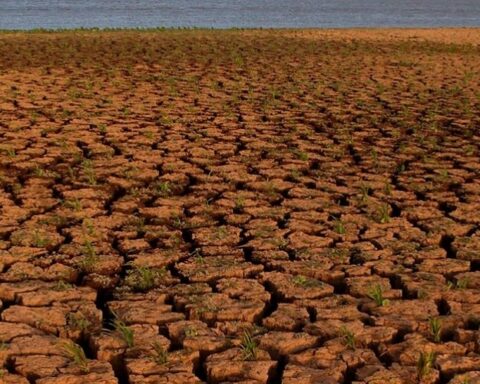Currently in the UK, most locations receive a number of ice days each year, but if we do not curb greenhouse gas emissions, these days could become very rare in southern England in the 2040s, and although they are still expected to occur further north – especially in upland areas – the frequency everywhere will reduce.
Dr Lizzie Kendon is a Science Fellow at the Met Office. She said: “Climate change is expected to affect all of the UK’s weather to a great extent. The UK’s hottest days are expected to peak above 40.0 °C in some locations by 2080, while the number of the coldest days will decrease. We’ll still have cold days, but features like lying snow will become an increasing rarity, especially in southern England.
“Between 1991 and 2019 a wide swathe of southern England could expect maximum temperatures on the coldest winter day to be on average between 0.0 °C and 2.0 °C. However by the 2060s, these temperatures are only likely to be expected to be recorded frequently over higher ground in Scotland and northern England. In southern England, the maximum temperatures on the coldest winter days would be in the range of 2.0 °C or 4.0 °C.”
The above projections are based on a pathway known as RCP8.5, which works on the basis of emissions of greenhouse gases continuing to rise through the century. With increasing efforts to curb greenhouse gas emissions, lower pathways become more likely helping to reduce impacts.
The analysis was included in a project where Met Office Hadley Centre scientists have been working with BBC data journalists to develop a new interactive visualisation tool to show how climate change might impact the weather people see in their local area in coming decades.
For the first time, historical observations and detailed projections have been brought together to show the impact of climate change at a local level, enabling residents to see how temperatures and rainfall may change as a result of climate change in their part of the UK.





